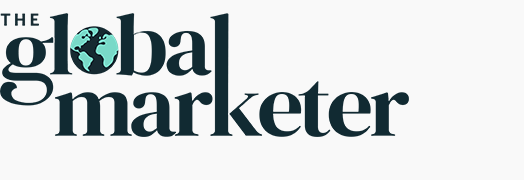Today on the podcast, hosts Shaheen Samavati and Kegan Gates chat with Naomi Bleackley, VeraContent Editorial, AI and Process Manager, about integrating AI into the content creation process.
Their discussion emphasizes AI’s role as a tool rather than a replacement for human creativity, touching on the benefits and limitations of current technology. They explore how AI tools, like ChatGPT, are reshaping multilingual content creation, improving processes and maintaining quality while addressing concerns about AI replacing human roles. They also cover practical applications of AI, such as content repurposing and custom GPTs, highlighting the importance of responsible use and training.
You can watch the full conversation in the video above or on YouTube, listen to the podcast on Apple or Spotify, and read a recap of the conversation below!
Episode highlights
- 01:35 Introduction to the episode and Naomi Bleakley’s role as Editorial AI and Process Manager
- 03:36 How VeraContent’s AI Task Force led to Naomi’s role creation
- 06:08 Tools tested during the task force, including ChatGPT, Jasper and Grammarly, and why ChatGPT was chosen
- 09:59 Limitations of using AI in content creation
- 12:17 An example of how we’ve tested and implemented AI for a specific client project
- 18:35 AI’s impact on translation and the differences between machine translation and AI-enhanced translation.
- 27:01 What goes into setting up a custom GPT
- 31:39 Practical use cases for AI, including content repurposing
- 35:38 Importance of training and clear guidelines for using AI tools in teams
- 37:56 Optimism about AI’s future and its potential to enhance creativity
- 40:07 Discussion on the ethical considerations and need for regulations in AI usage
Insights on AI in content creation
- “AI isn’t perfect at all. It’s a great tool, but it’s not going to replace humans because it doesn’t think like a human. The answers it produces may look fluent, but that doesn’t mean they’re accurate or nuanced.” – Naomi Bleakley
- “When ChatGPT came onto the scene, it was like a leap forward. We knew we had to figure out how to use it responsibly because it was clear this was going to change things in our industry.” – Shaheen Samavati
- “Custom GPTs are incredibly useful. You can program specific instructions, like always writing content within a certain word count or following client tone guidelines. It’s a game-changer for consistency.” – Naomi Bleakley
- “I’ve found Grammarly’s rephrase option super helpful, especially for things like flipping passive voice to active voice. It gives suggestions that sometimes spark better ideas.” – Kegan Gates
- “The translation industry has already been disrupted by machine translation. Now, with generative AI, writers, designers, and other creatives are feeling that same shift.” – Shaheen Samavati
- “AI isn’t replacing jobs; it’s enhancing them. It helps us maintain consistency, follow client-specific rules, and handle repetitive tasks, so we can focus on the more creative aspects of our work.” – Naomi Bleakley
- “We’ve seen how AI can be an incredible assistant, but it’s important to set guidelines and expectations so the team uses it in ways that align with our values and goals.” – Shaheen Samavati
- “Creating a custom GPT is like training a new team member. You have to give clear instructions, test its outputs, and provide feedback to refine it, but it’s not as hard as you’d think.” – Naomi Bleakley
- “AI can take something like a podcast script and turn it into a LinkedIn post, an Instagram caption, or even a tweet. It’s a great tool for repurposing content.” – Kegan Gates
- “The key to using AI effectively is in the prompts. The better and clearer the instructions, the better the output. It’s a new kind of creativity that’s all about being specific and intentional.” – Naomi Bleakley
AI tools mentioned
- ChatGPT
- Writer.com
- Jasper
- Copy.ai
- Grammarly
- DeepL
- Custom GPTs (via OpenAI)
- Google Translate
Read more posts on AI:
- Generating quality global content at scale using AI tools
- How AI localization helps marketers—and how it doesn’t
- AI translation: Helpful tool or just plagiarism in disguise?
To read the full transcript, click on page number 2 below.
